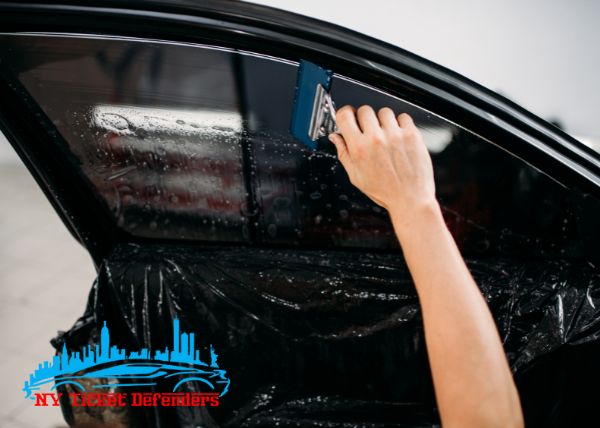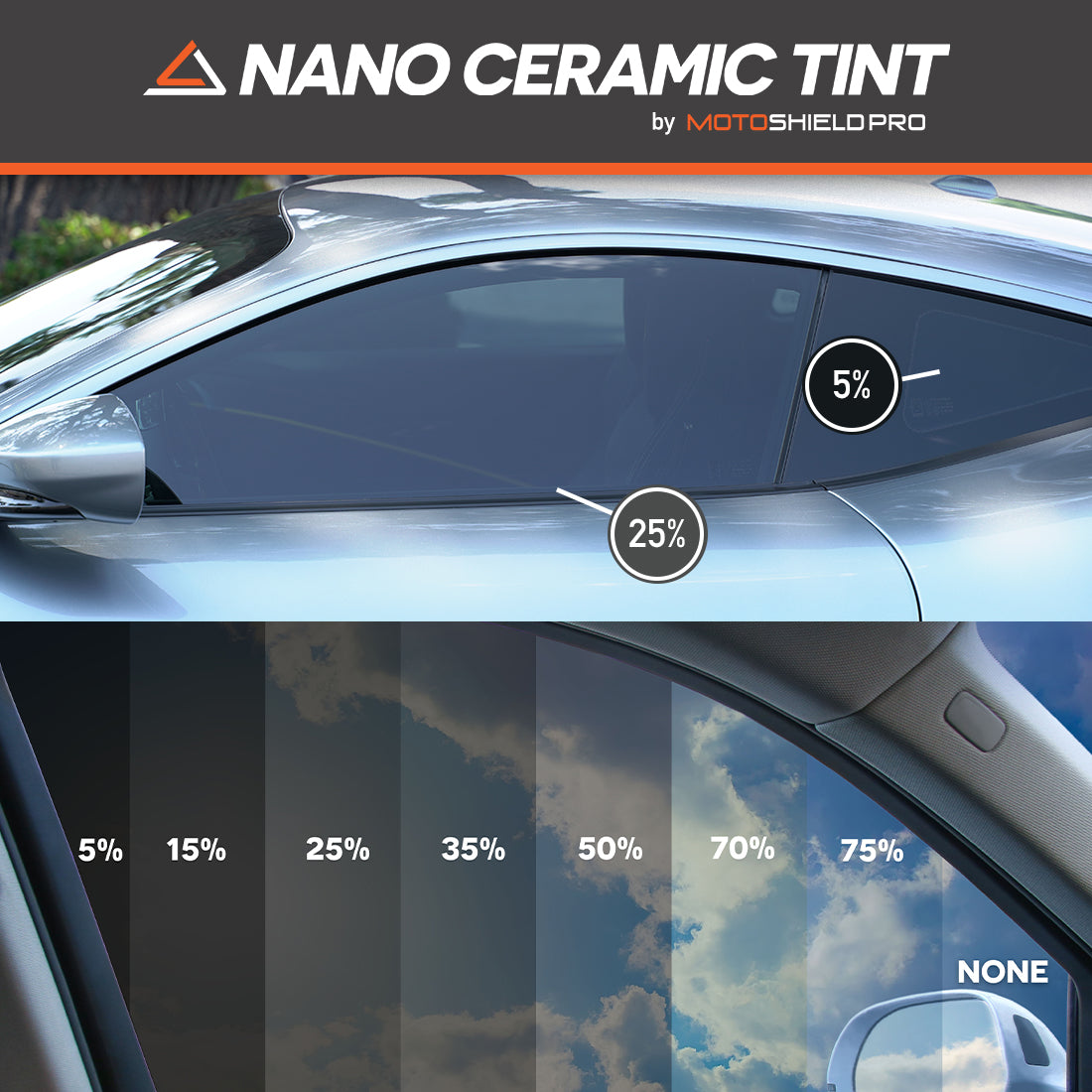Auto Window Tinting: Discover the Best Bargains and Quality Providers Close-by
Auto Window Tinting: Discover the Best Bargains and Quality Providers Close-by
Blog Article
Home Window Tinting Regulations and Standards: What You Need to Know Prior To Tinting Your Automobile
Before proceeding with home window tinting for your automobile, it is important to familiarize on your own with the varied legislations and standards that govern this practice throughout various states. These policies dictate the permissible degrees of tint darkness, frequently gauged by noticeable light transmission (VLT) percentages, and consist of details terms for front windshields aimed at ensuring roadway security.
Introduction of Window Tinting Regulations
Window tinting legislations are frequently subject to variation across various territories, reflecting neighborhood regulations and safety and security considerations. These legislations determine the permitted levels of tint darkness and reflectiveness on vehicle windows, making sure that chauffeurs keep sufficient presence while also securing against damaging UV rays and warm.
The majority of laws classify window tinting based upon the Visible Light Transmission (VLT) percentage, which shows the amount of light that can travel through the home window. Normally, lower VLT percentages symbolize darker tints. Laws usually separate between the front, side, and back windows, with more stringent constraints related to the front windscreen to enhance safety for both the driver and various other roadway individuals.
In addition, some jurisdictions enforce limitations on the reflectivity of the tint, protecting against extreme glare that could harm visibility. Exemptions to these legislations may exist for people with particular clinical problems requiring extra sun defense. Compliance with window tinting guidelines is vital, as infractions can result in penalties, obligatory elimination of the tint, and possible boosts in insurance coverage premiums. As a result, it is crucial for car owners to familiarize themselves with neighborhood regulations prior to continuing with home window tinting setups.
State-by-State Color Laws
Understanding the certain window tinting policies in each state is important for car proprietors seeking to conform with the regulation. Each state in the U.S. has developed its own set of policies governing home window tinting, which can vary significantly. These policies commonly dictate the allowable levels of tint darkness, the sorts of windows that can be tinted, and any type of medical exceptions that may apply.
For example, states like The golden state have stringent limitations on color darkness for front windows, while others, such as New Mexico, may allow darker colors. In addition, specific states mandate specific exposure percents for various windows, consisting of the windscreen, front side home windows, and back windows. It is critical for cars and truck proprietors to familiarize themselves with their state's legislations to prevent prospective fines or penalties.
In addition, some states might call for a qualification sticker to be placed on tinted home windows, showing compliance with state regulations. Failing to follow these policies not just takes the chance of lawful repercussions but can also influence safety and presence while driving. Therefore, car owners need to carry out comprehensive research or consult local authorities to make sure complete understanding and conformity with state-by-state tint guidelines.
Allowed Tint Levels and Types
Many vehicle proprietors might be stunned to discover that permitted tint degrees and types vary widely throughout various states. Each state has developed its very own regulations pertaining to the acceptable darkness and reflectivity of window color, typically determined by Visible Light Transmission (VLT) percentages. VLT describes the amount of light that can travel through the colored home windows; thus, a lower percent suggests a darker color.

Moreover, the sorts of tint products allowed can vary, with some states prohibiting metal or mirror-like coatings. It is essential for automobile proprietors to acquaint themselves with their state's details regulations to guarantee compliance. Non-compliance can lead to penalties, required elimination of the color, or various other legal consequences, making it critical to recognize these guidelines before waging setup.
Medical Exemptions for Tinting
While not all states supply allowances for clinical exceptions pertaining to home window tinting, those that do recognize the requirement for details individuals to boost exposure and comfort as a result of medical conditions. Different clinical conditions, such as lupus, skin cancer, and certain eye disorders, can provide people particularly conscious sunshine. find more information As a result, these people may need darker tints to safeguard themselves from hazardous UV rays and glow.

It is very important to note that even with a medical exemption, there might still be restrictions on the level of color enabled. Conformity with state laws makes certain that individuals are both safeguarded and within lawful limitations. Those thinking about clinical exemptions need to contact their neighborhood Department of Motor Automobiles or comparable authority to understand the procedures and needs essential to obtain an exemption efficiently.
Fines for Non-Compliance
Stopping working to abide by window tinting regulations can cause considerable charges, which vary by state. Legislation enforcement agencies are equipped to release citations for cars that do not abide by the defined tinting guidelines. These fines generally include fines, which can vary from modest amounts to a number of hundred bucks, depending upon the intensity of the offense and the state in question.
In some jurisdictions, duplicated offenses may result in intensifying penalties or added charges, such as mandatory court appearances. Moreover, non-compliance might demand the elimination of unlawful tinting, often at the proprietor's cost. In extreme situations, habitual offenders might deal with suspension of their vehicle registration until conformity is attained.
In addition, insurance coverage ramifications might official website arise from getting multiple citations for home window tint offenses. Insurance providers may view such violations as an indication of riskier behavior, possibly causing enhanced costs or trouble in coverage.
To stay clear of these charges, it is vital for automobile proprietors to acquaint themselves with their regional window tinting legislations and ensure that their car complies (Window Tinting). This aggressive approach not only prevents legal ramifications however also advertises road security
Verdict

The majority of guidelines categorize home window tinting based on the Visible Light Transmission (VLT) portion, which indicates the quantity of light that can pass via the window. Conformity with window tinting policies is critical, as offenses can result in penalties, necessary elimination of the color, and possible boosts in insurance premiums.Recognizing the details window tinting policies in each her comment is here state is crucial for lorry proprietors seeking to abide with the regulation. These laws typically dictate the allowed levels of tint darkness, the kinds of windows that can be tinted, and any clinical exceptions that might use.
For instance, states like California have strict limitations on tint darkness for front home windows, while others, such as New Mexico, might permit darker tints.
Report this page